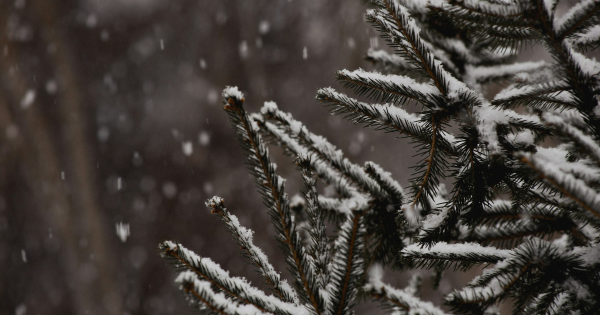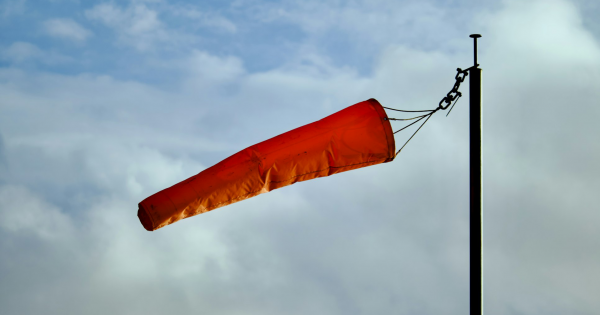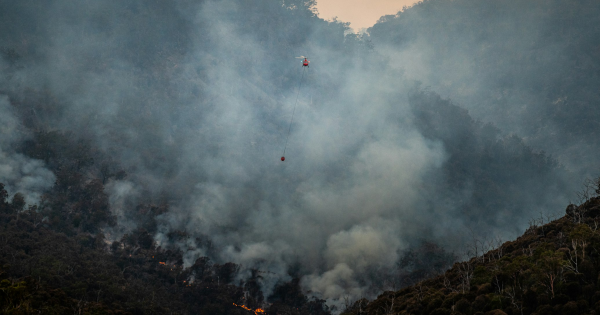Extreme Cold Watch
An Extreme Cold Watch alert is issued when dangerously low temperatures are forecasted, posing significant health risks. Learn how to prepare and protect yourself.
See the current LIVE alerts.

Understanding Extreme Cold Watch
An Extreme Cold Watch is an alert issued by weather authorities when there is a potential for extremely cold temperatures that could pose serious health risks to the public. These conditions are characterized by very low temperatures, often accompanied by strong winds, leading to dangerously cold wind chill values. Such weather can increase the risk of frostbite and hypothermia, particularly for people spending extended periods outdoors.
Criteria for Issuance
The Extreme Cold Watch is typically issued when there is a forecast of extremely low temperatures that could reach critical levels within the next 24 to 48 hours. Meteorologists monitor weather patterns closely, considering factors such as temperature, wind speed, and humidity, to determine whether conditions meet the threshold for an Extreme Cold Watch.
How to Prepare for Extreme Cold
Preparation is key to staying safe during an Extreme Cold Watch. Here are some essential tips:
- Dress Appropriately: Wear multiple layers of loose-fitting, warm clothing. Don't forget hats, mittens, and scarves to protect extremities.
- Stay Informed: Keep updated with the latest weather forecasts and alerts through reliable sources.
- Emergency Kit: Prepare an emergency kit with essentials such as blankets, non-perishable food, water, and flashlights in case of power outages.
- Limit Outdoor Exposure: Try to stay indoors as much as possible. If you must go outside, limit your exposure to the cold.
- Check on Vulnerable Individuals: Ensure that elderly family members, neighbors, and those with medical conditions are safe and warm.
When is an Extreme Cold Watch Issued?
The alert is issued when weather forecasts predict that temperatures will drop significantly below normal, reaching levels deemed hazardous within a specified period. This advance notice allows individuals and communities to take necessary precautions to protect themselves and their property from the impending cold wave.
By understanding the significance of an Extreme Cold Watch and taking proactive measures, you can help ensure your safety and the safety of those around you during severe cold weather conditions.






